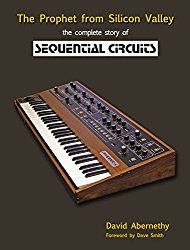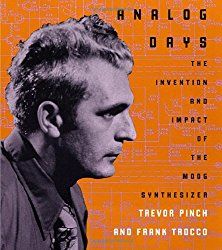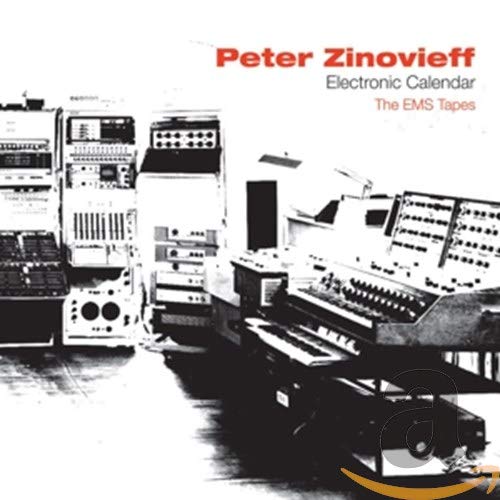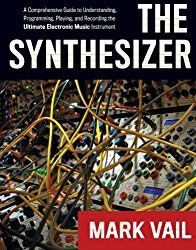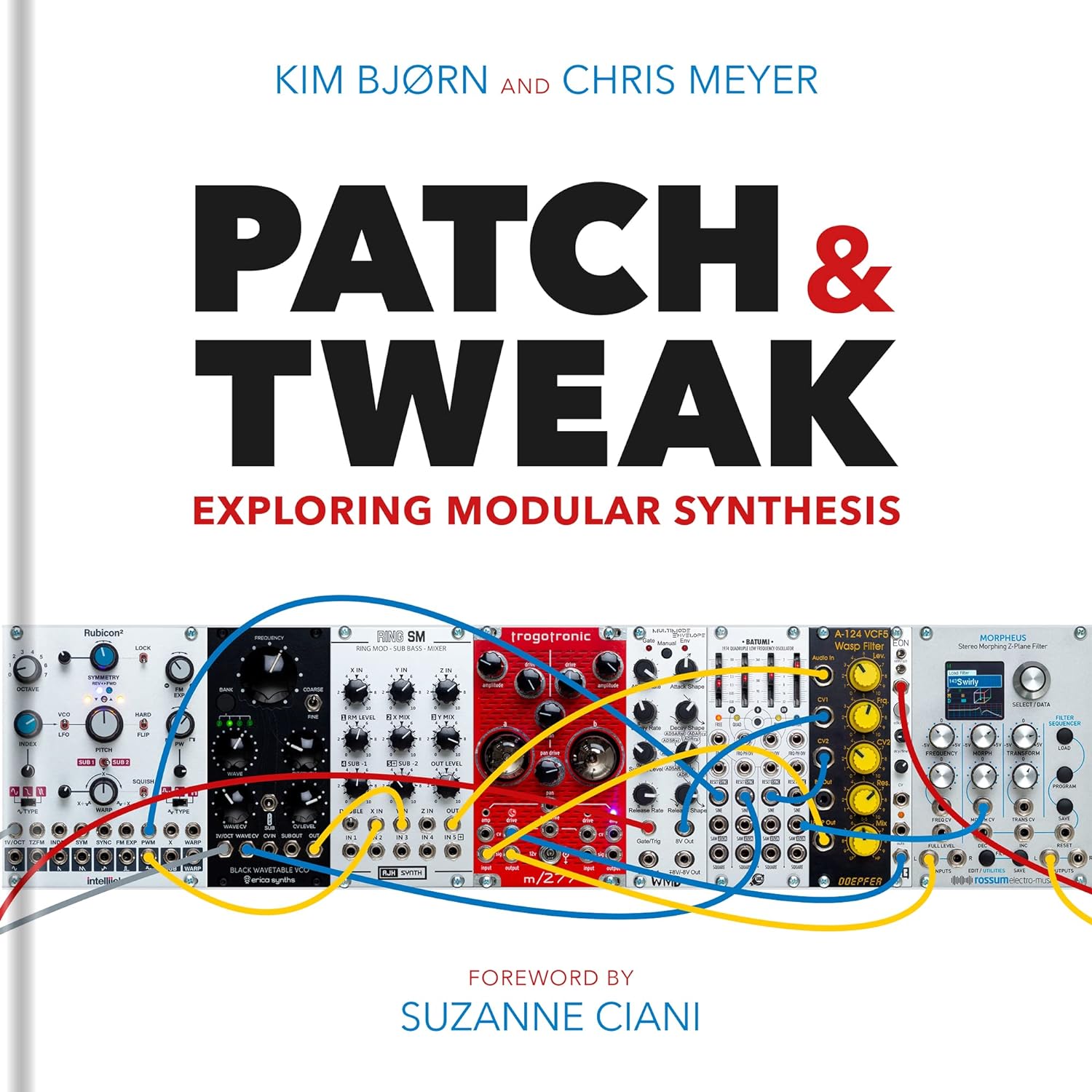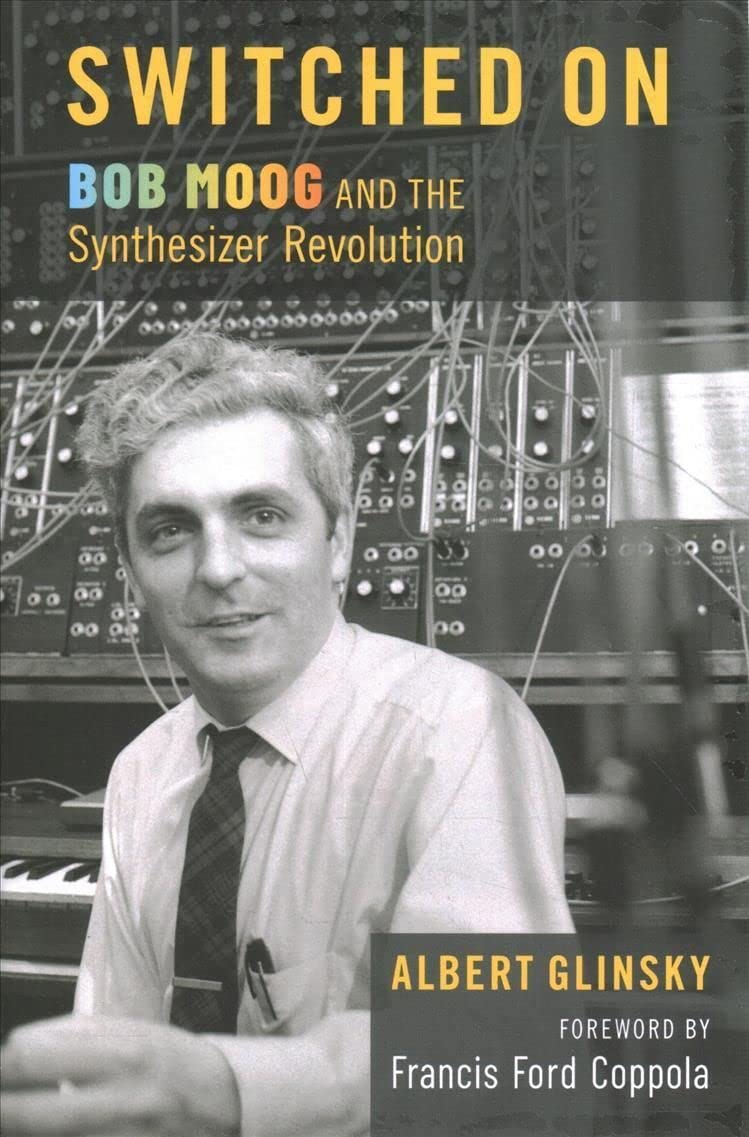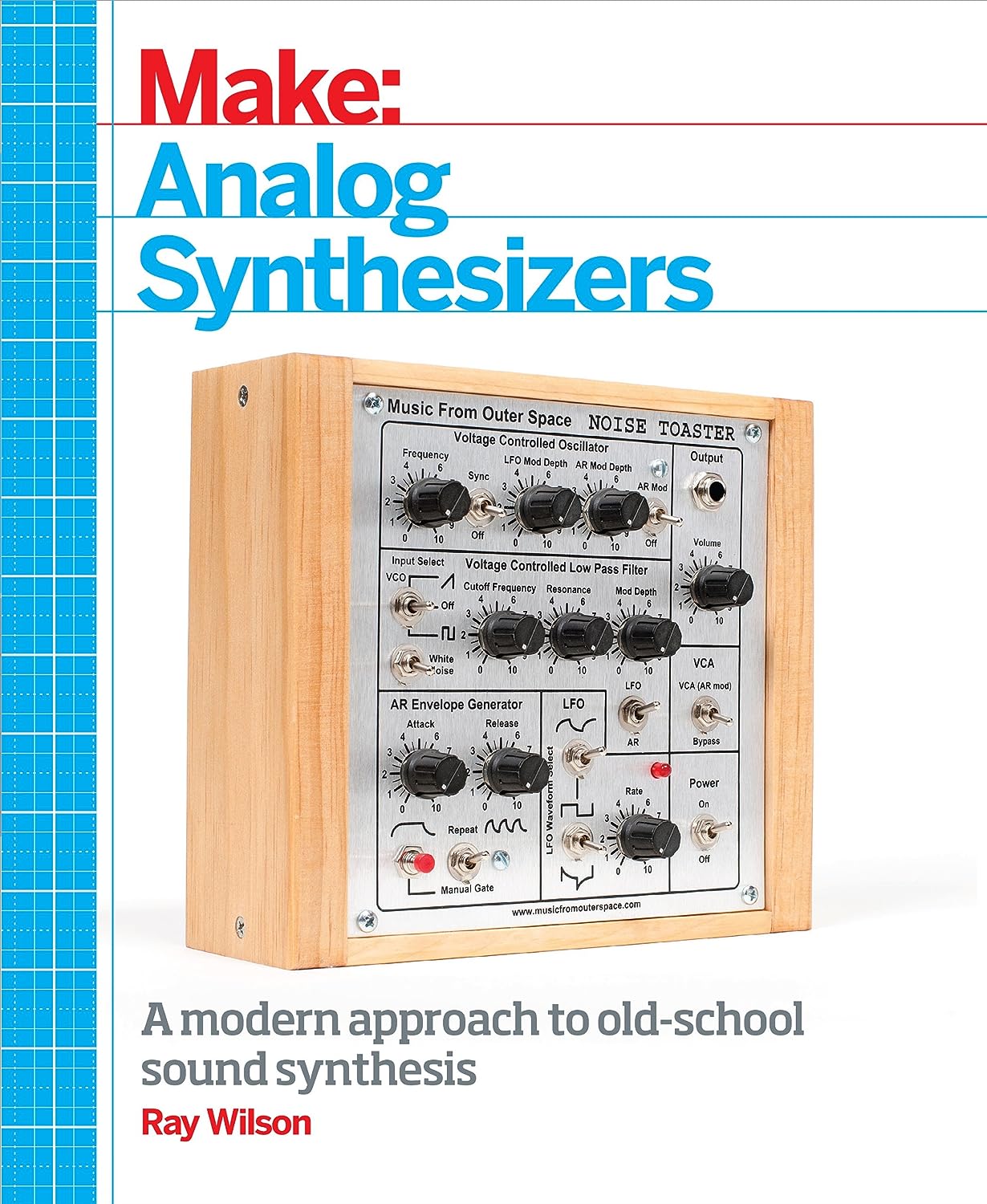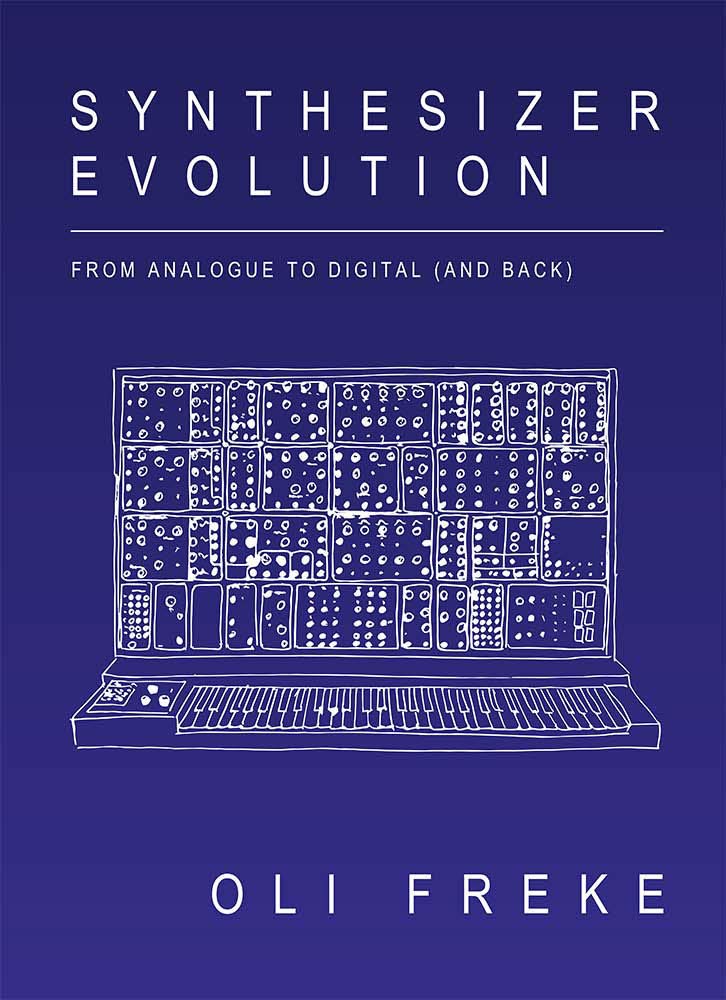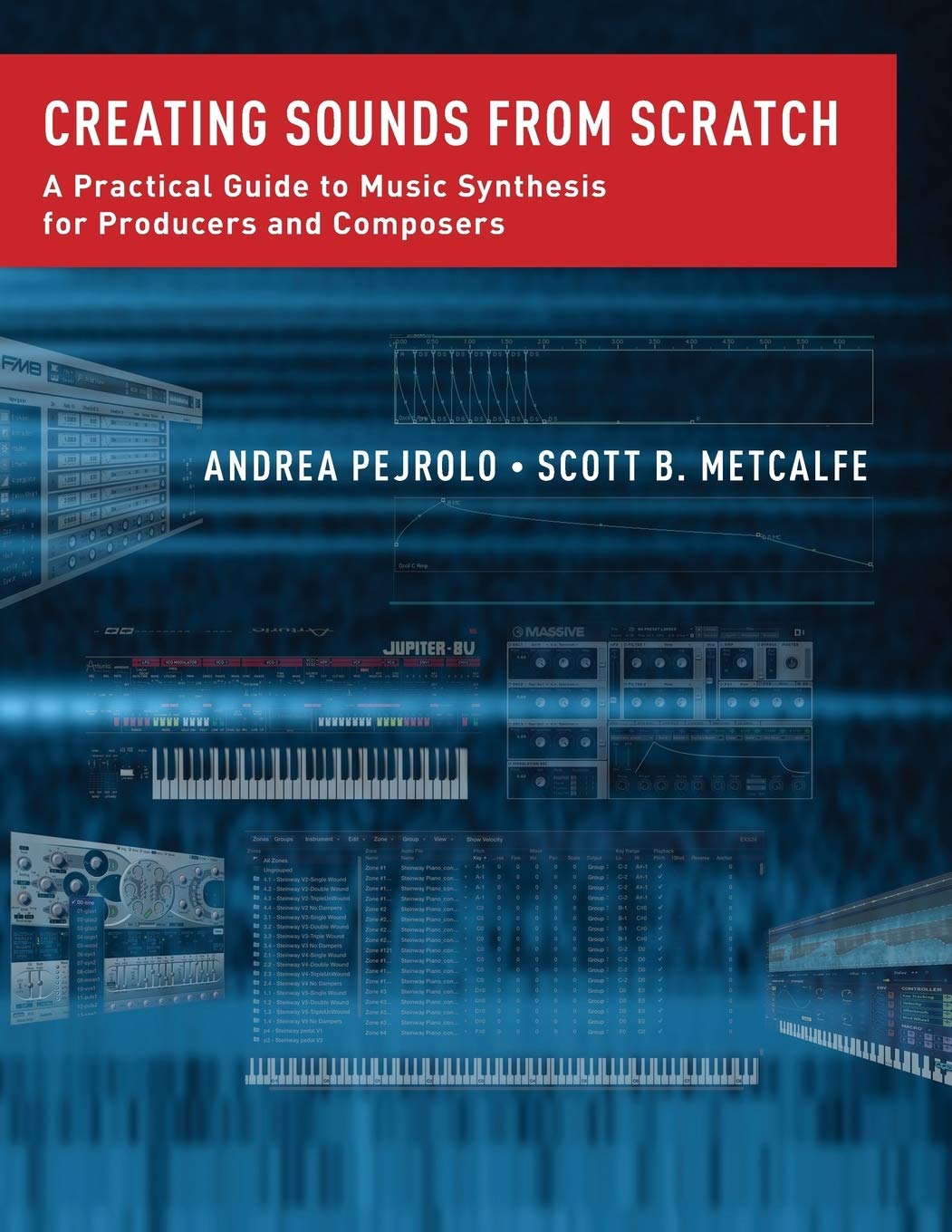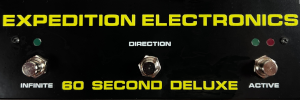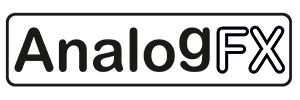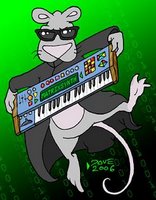
The Yamaha Reface DX is a 4-op FM synth rather than 6-op like the DX-7, or 8-op like the FS1R. If you interested in the FM engine only, you might wonder why you would pick the Reface DX rather than one of its perceivably more powerful forebearers. The reason is, not all ops are the same. If you are unfamiliar with FM synthesis, operators (ops) are essentially oscillators. They can be configured in different ways (algorithms) to modulate one another, or not. In the image to the left the square operator produces sound while the circle operators modulate. 3 modulates 2 which in turn modulates 1. 4 modulates 1 directly. You adjust the modulation levels for each, which in turn, modulates the sound you hear. So why would you want a 4-op synth when you can have a 6-op or 8-op engine? Well, not all operators are equal. The DX-7 only had sine waves for operators while the 4-op TX81Z had a total of 8 shapes to pick from. With the additional waveforms you were able to create sounds not possible on the DX-7.
So, I was curious if the new Reface DX used only sine waves like the original DX7, or if it included the additional waveforms found in the TX81Z. I reached out to Yamaha. It turns out it does something completely different. According to Yamaha, the Reface DX is "different from any previous FM system, each operator in the reface DX has a continuously variable feedback loop. Positive amounts of feedback (up to a value of 128) add square wave harmonics to the waveform. Negative values add sawtooth type harmonics to the operators waveform."
So there you have it. The Reface DX introduces a new implementation for FM synthesis in a compact form factor.
Update: You can see it at 5:24 in Sonic State's
demo video here. The operators appear to smoothly transition between square wave and sawtooth.
Update2: and here it is under "4. [FB] (Feedback) button" on page 19 of the manual. Note this is different then operator level and frequency which you can see are covered before it.
Update3: For reference I added an image of the TX81Z waveforms via
here. I have no idea of the Reface DX variable waveform can reproduce these and if so what values on the DX would translate to each.
Regardless, the subtle variations you can get between waveforms on the Reface DX should prove interesting.
 "Vintage Rare ARP Square Tones Logo Rev.2 2600 Synthesizer with the 3620 Rev. 4 Keyboard
"Vintage Rare ARP Square Tones Logo Rev.2 2600 Synthesizer with the 3620 Rev. 4 Keyboard 











